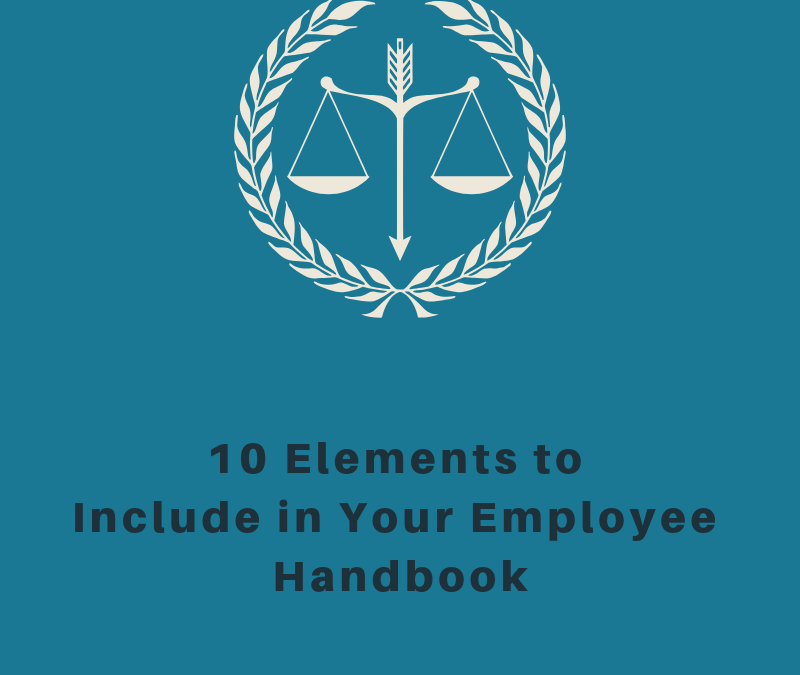When it comes to keeping your employees – both new hires and existing staff – on the same page, nothing is better than an employee handbook. Useful for ensuring everyone is aware of company expectations, rules, guidelines, and procedures, an employee handbook is basic training 101, while any business that doesn’t have one is practically inviting trouble and discord.
Not all employee handbooks are the same; often differentiating to suit the unique quirks of each business. However, there are 10 musts that should be inside every employee handbook, and the basics are as follows…
1) Welcome Section
Every book needs a beginning, and for an employee handbook, this is often the “welcome section”. Introduce yourself to the new employee, go over the history of your business, or outline the company’s core principles – the choice is yours! Just set the mood for the rest of the handbook and give them a taste of how you do business.
2) Code of Conduct
Any and all expectations you may have regarding your employee should be listed here. From dress code, workplace safety, and business ethics, to employee company representation and inter-staff relationships, this is the place to get it all on the table.
3) Employment Laws
As a business owner abiding by state, federal, and local laws, it’s your job to ensure your employees know their rights as a worker – often no better time and place than listed in the employee handbook. Any drug, alcohol, harassment, or equal employment opportunity policies and responsibilities should be listed here fully.
4) Employee Classification
Regardless of who you’re hiring, they’re either an exempt or non-exempt employee, while working either part-time or full-time. If your staff is unclear on the differences between both or which one they are, the “employee classification” section is where you’d explain each.
5) Payment Policies
Pay your staff weekly, biweekly, semi-monthly , or monthly? Whether it’s rules regarding overtime, how many pay periods are in a year, the pay grade your business follows, or how your employees will get their paystubs, any and all things payment-related should be in “payment policies” within your handbook.
6) Attendance Policies
Not only should employees know how they’re getting paid, they should understand fully the expectations of what time they’re getting paid for.
The “attendance” section is where you should go into detail on policies around breaks, holidays, paid time off (PTO), unexplained absence, how vacation time is earned, and the accrual system around PTO. Information on how an employee is expected to request time off should be inside, as well as policy details regarding sick days, bereavement leave, FMLA requirements, and USERRA Military Leave.
7) Benefits
Does your company provide any incentivizing employee benefits, such as health insurance? Boast the info in your employee handbook, along with additional information pertaining to things like workers’ compensation, retirement, or disability.
8) Discipline
No employee handbook is complete without clear warnings on what happens if an employee does break the rules or step out of line. Set your boundaries early on, and list the different tiers of discipline you issue, including what infraction warrants each – a stern warning for missing a workday, versus termination for employee sexual harassment, for example.
9) Hiring and Firing
From the steps taken to establish a new hire and get their benefits set up, to how much notice you expect from quitting employees, your handbook should include a section on all company terms when it comes to hiring and firing.
10) Acknowledgments
After everything’s said and done, it all means little if your employee doesn’t acknowledge they’ve read and agreed to the terms outlined within the handbook. Last but not least, add a section at the bottom of your handbook for your employee to sign in acknowledgment, before making two copies – one for the employee, one for your records.
Every employee handbook should be as unique as the business it’s representing. And yet, with just these 10 sections added in, you can be sure your team is both united for your cause, and informed on the rights and expectations owed.
